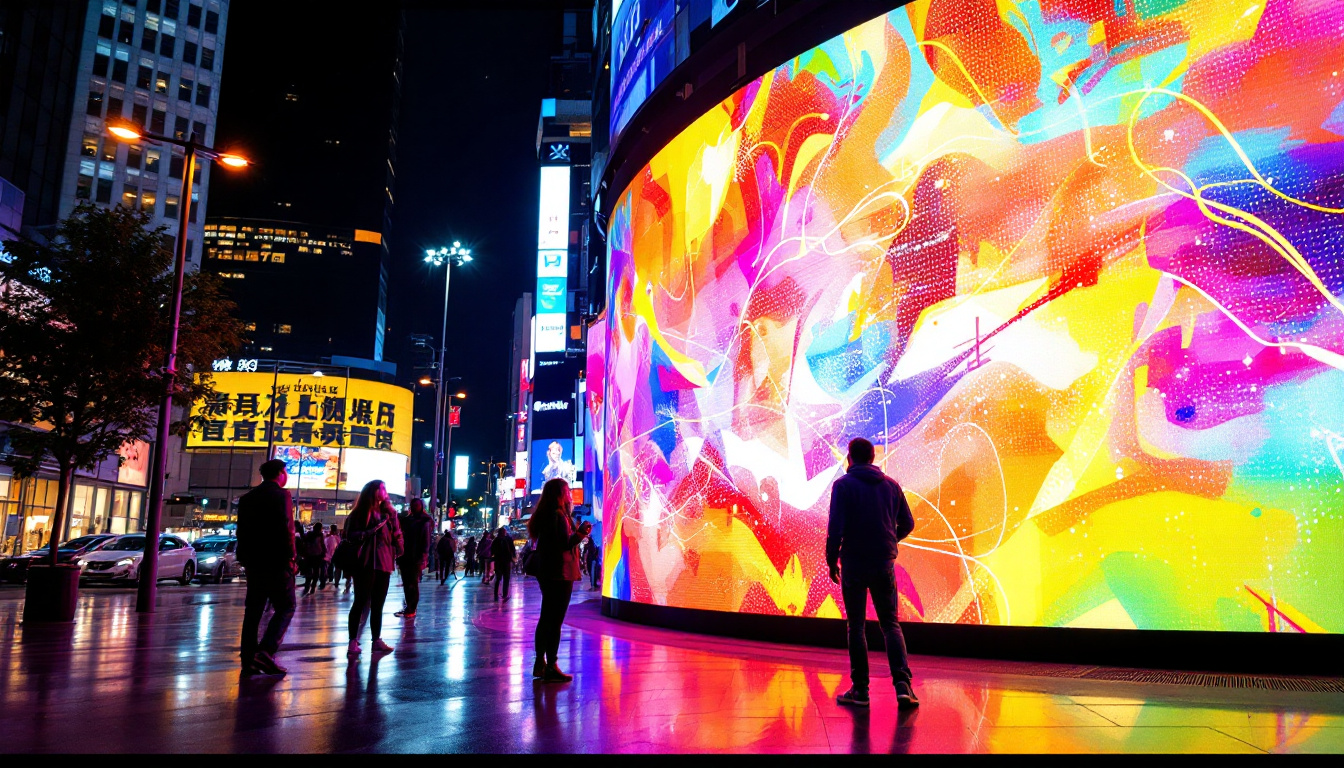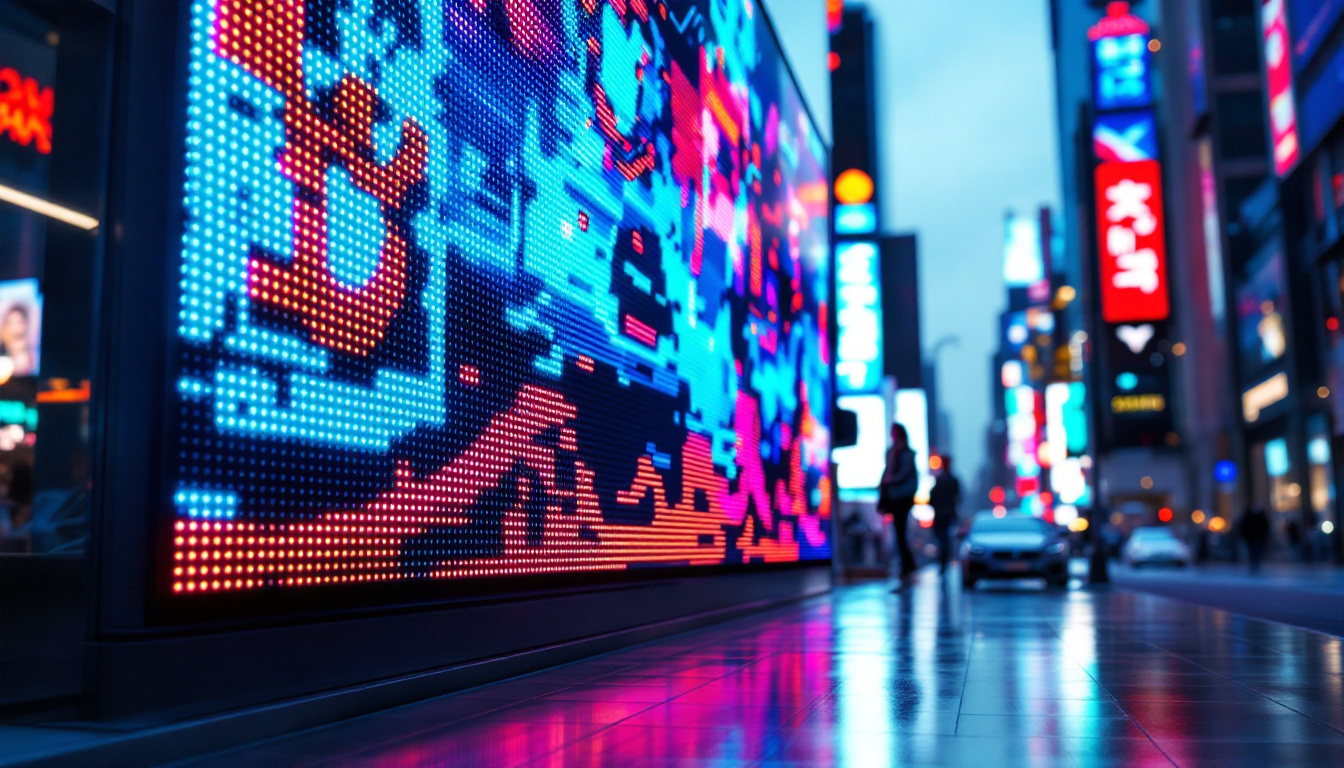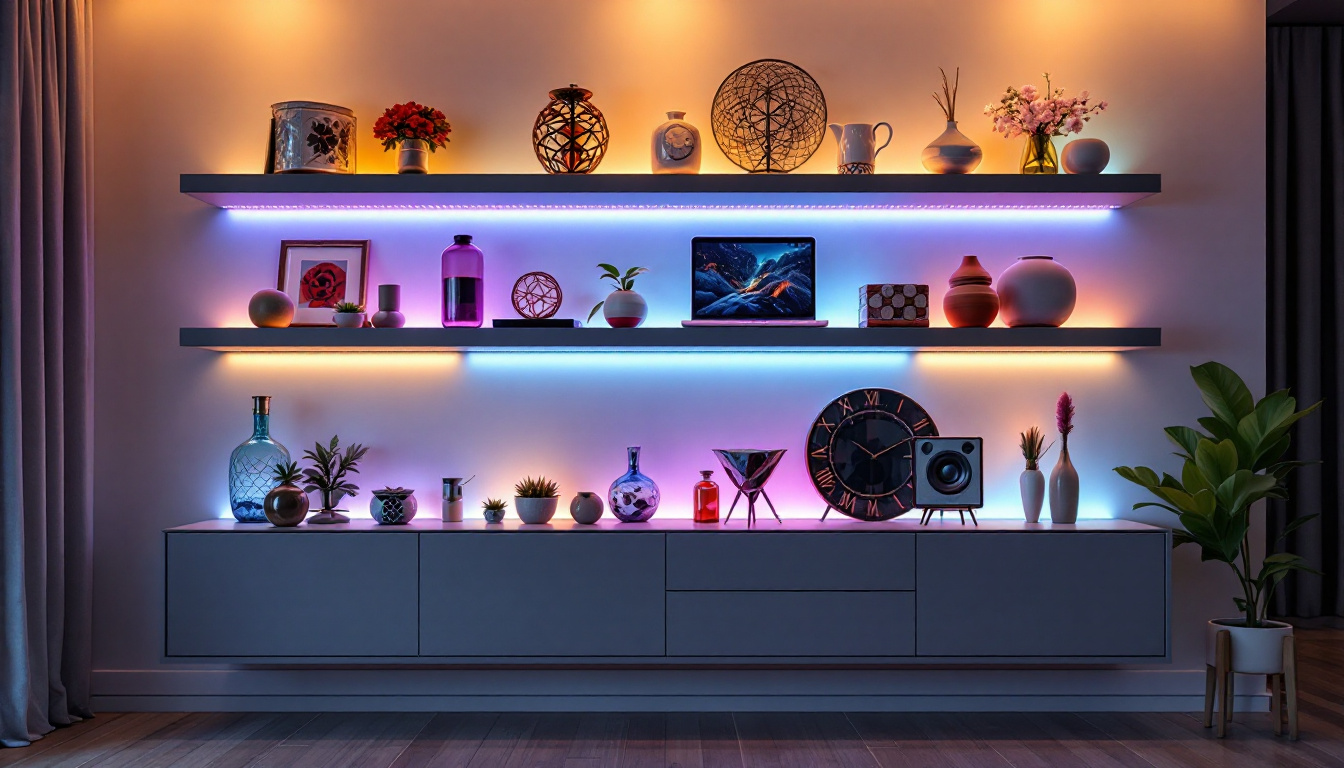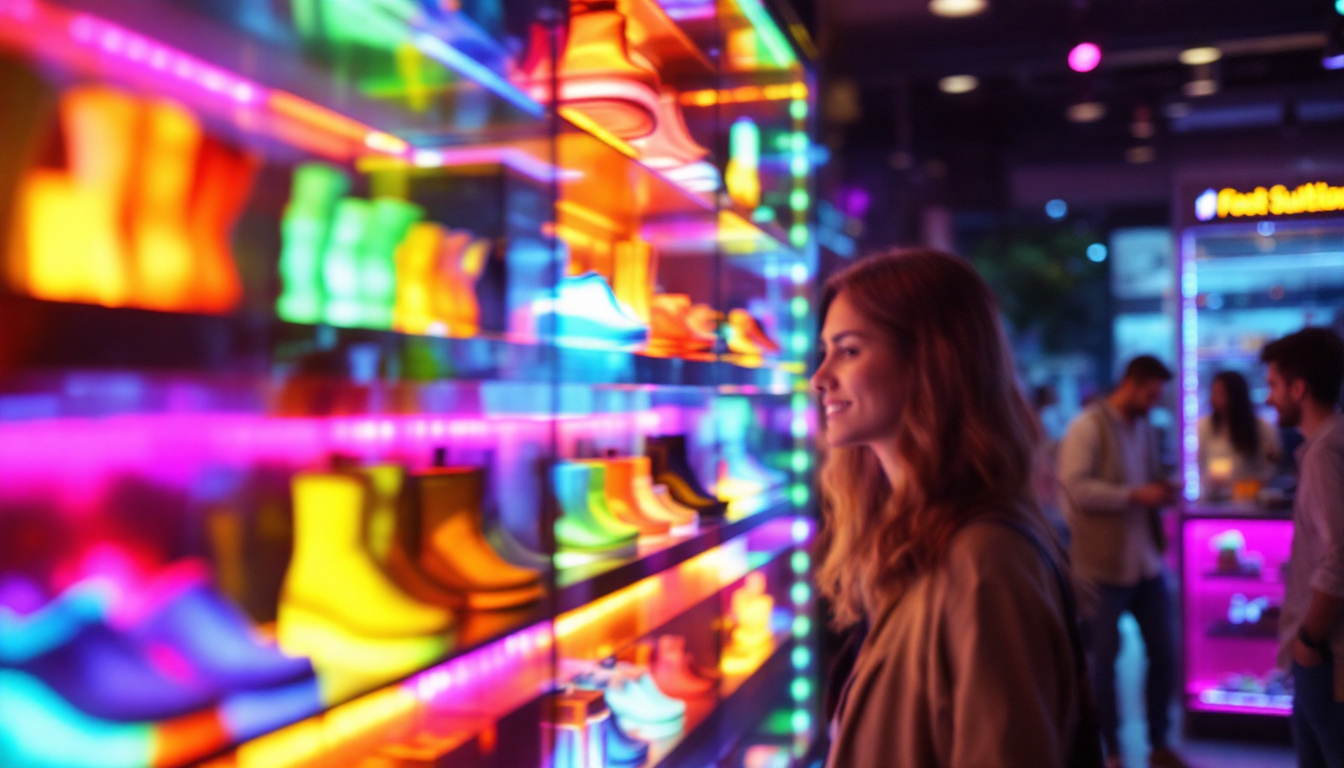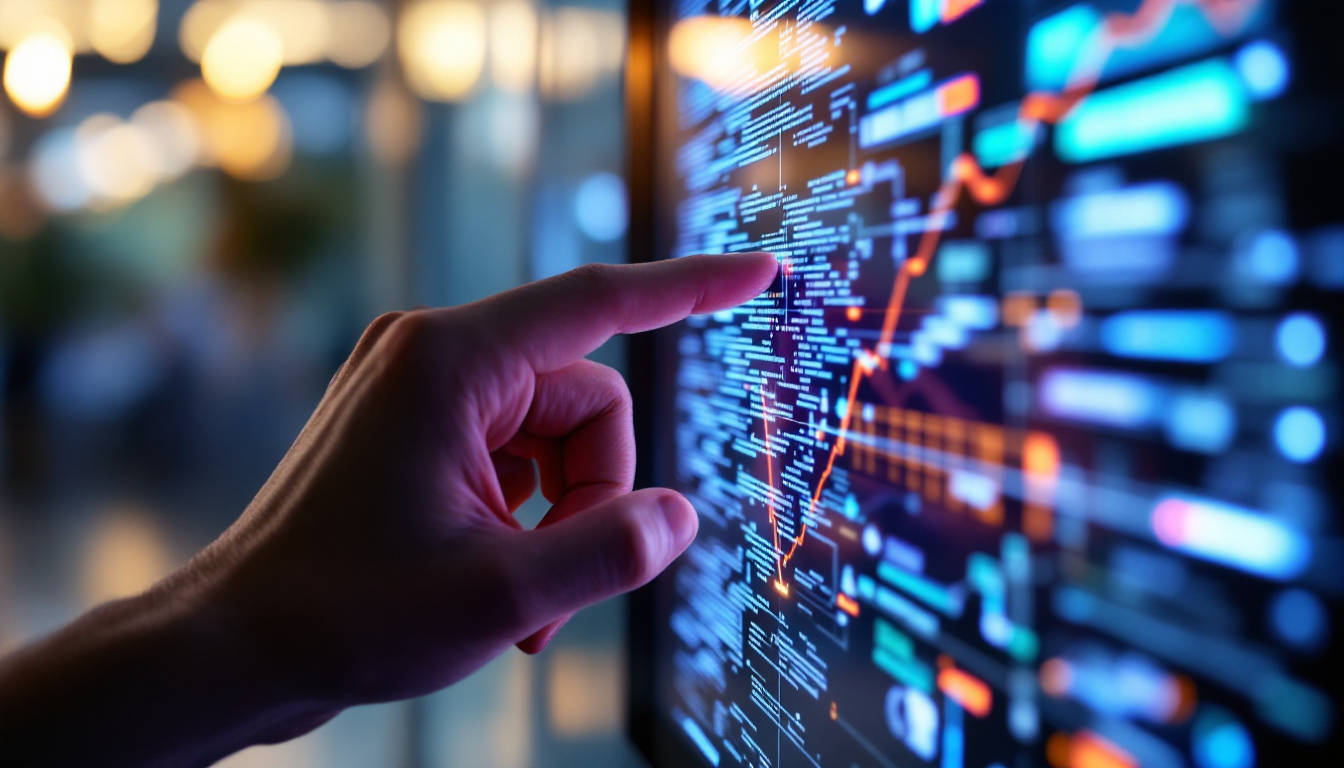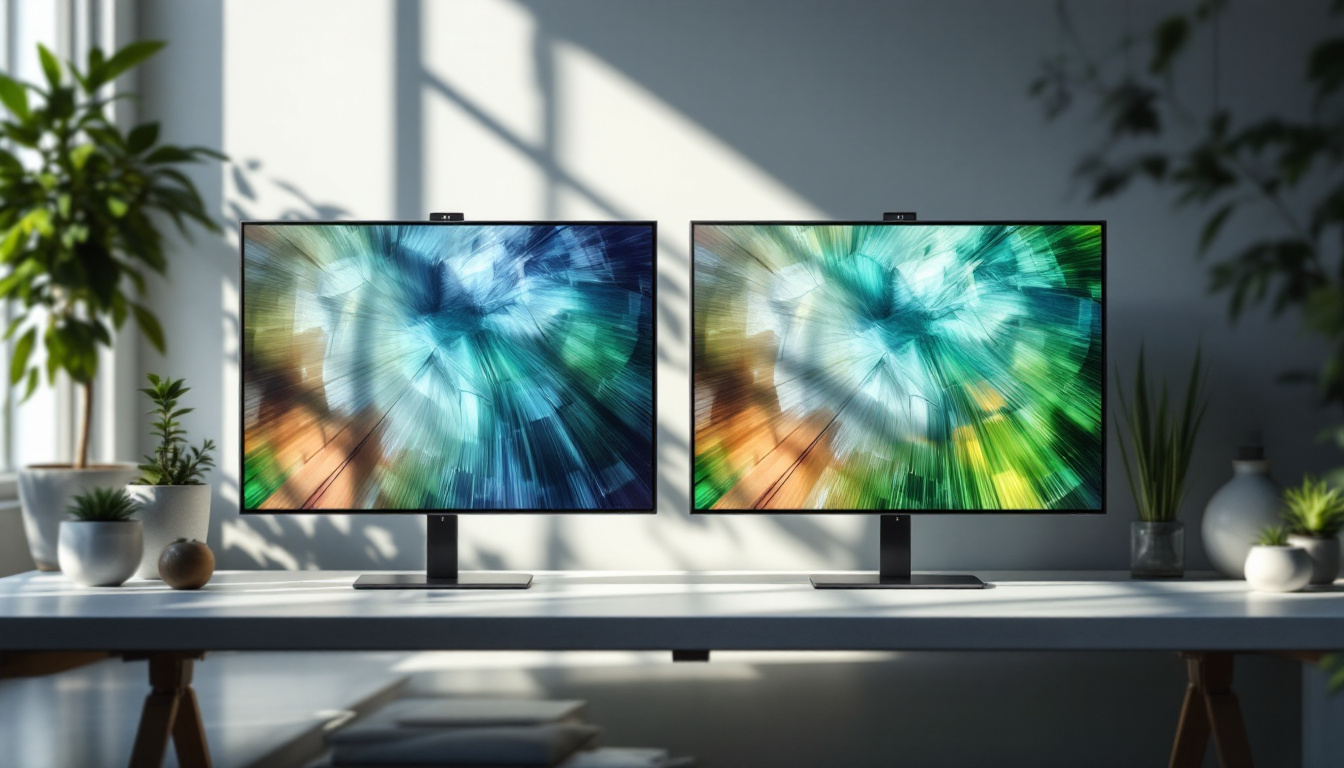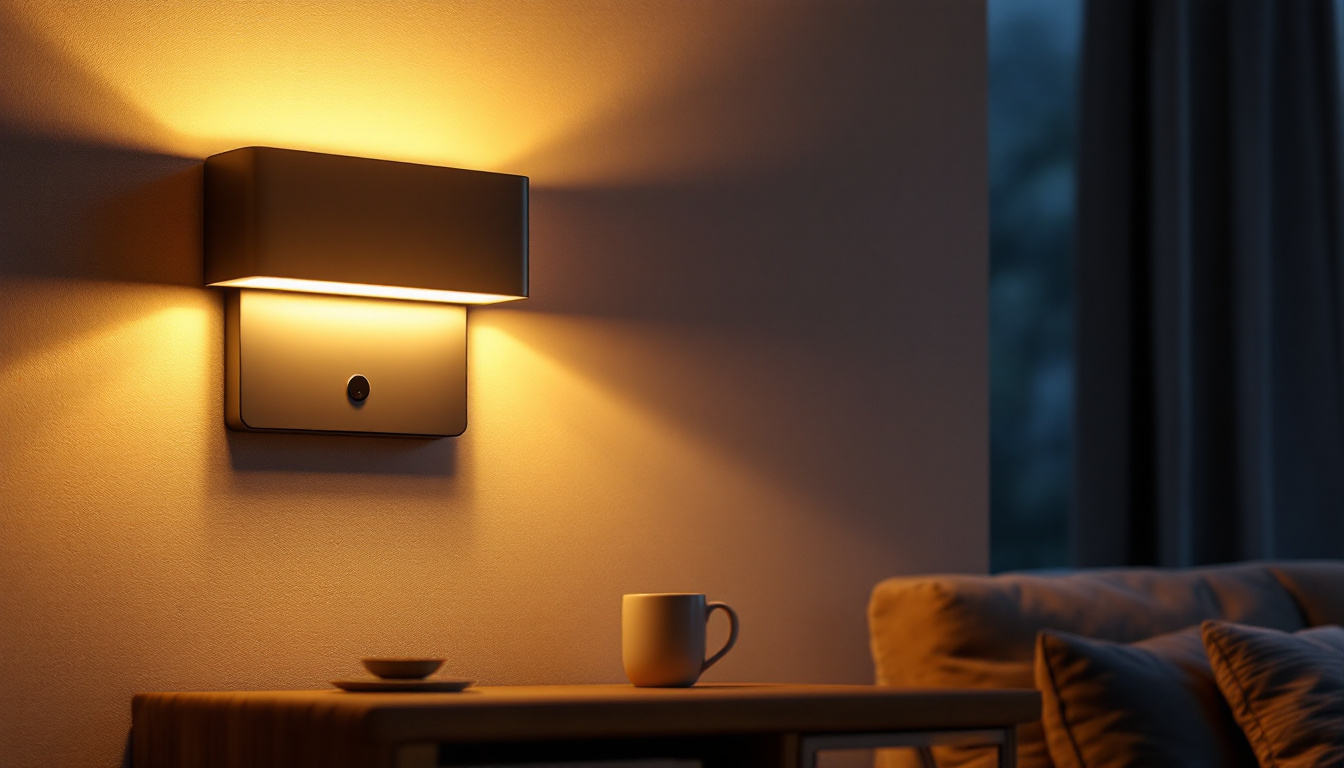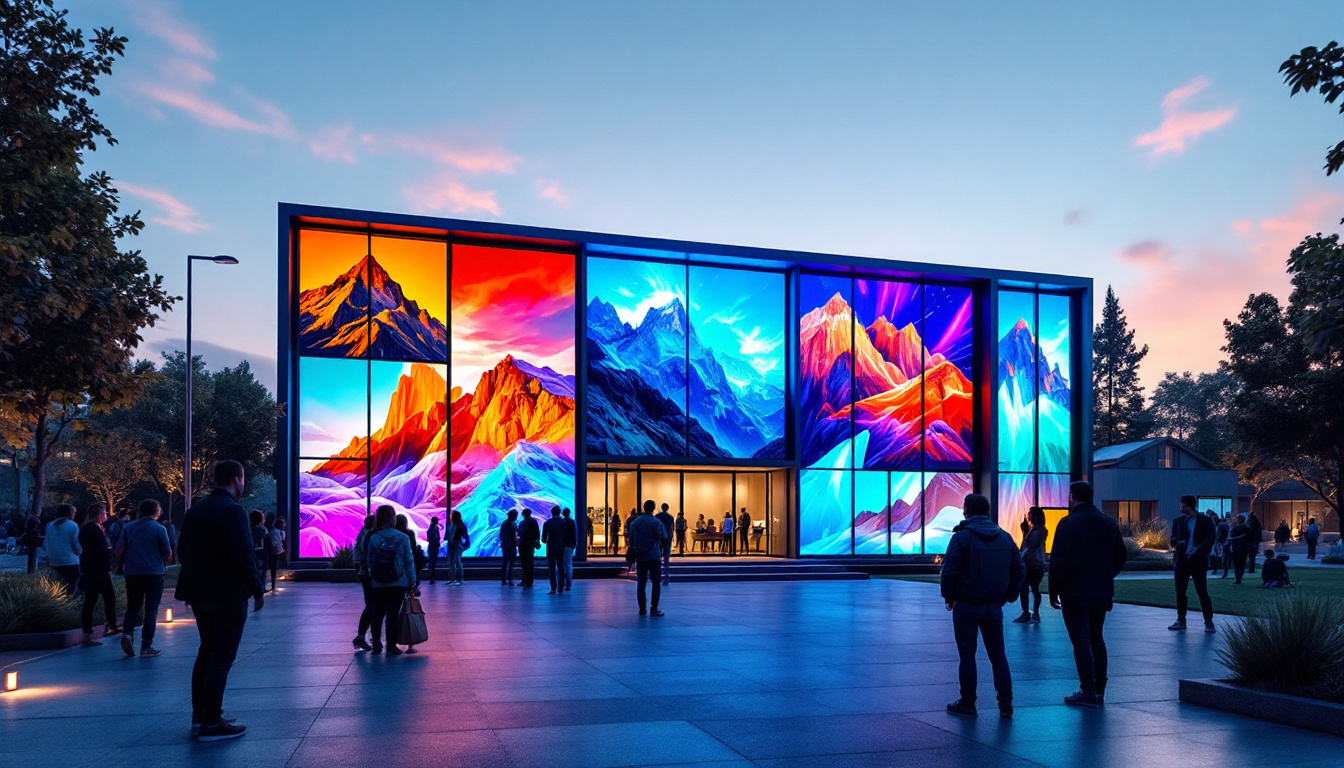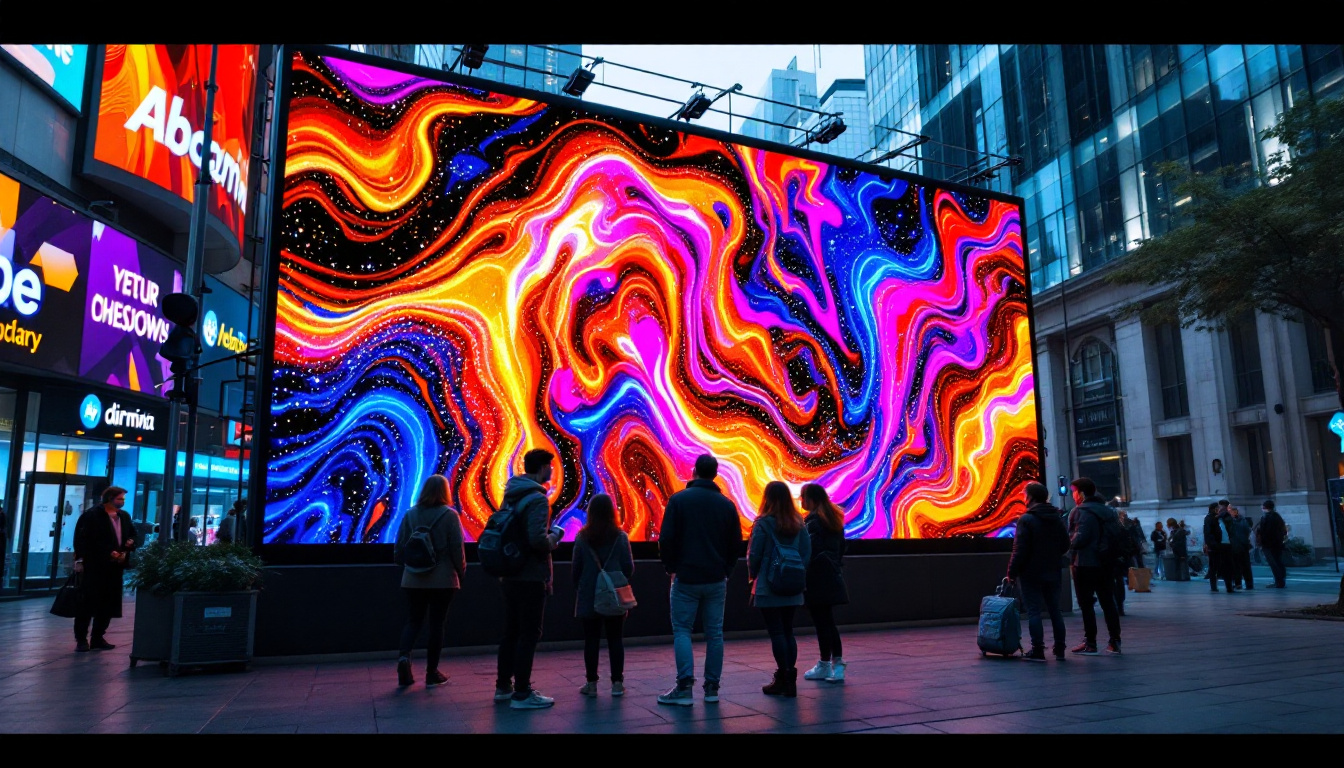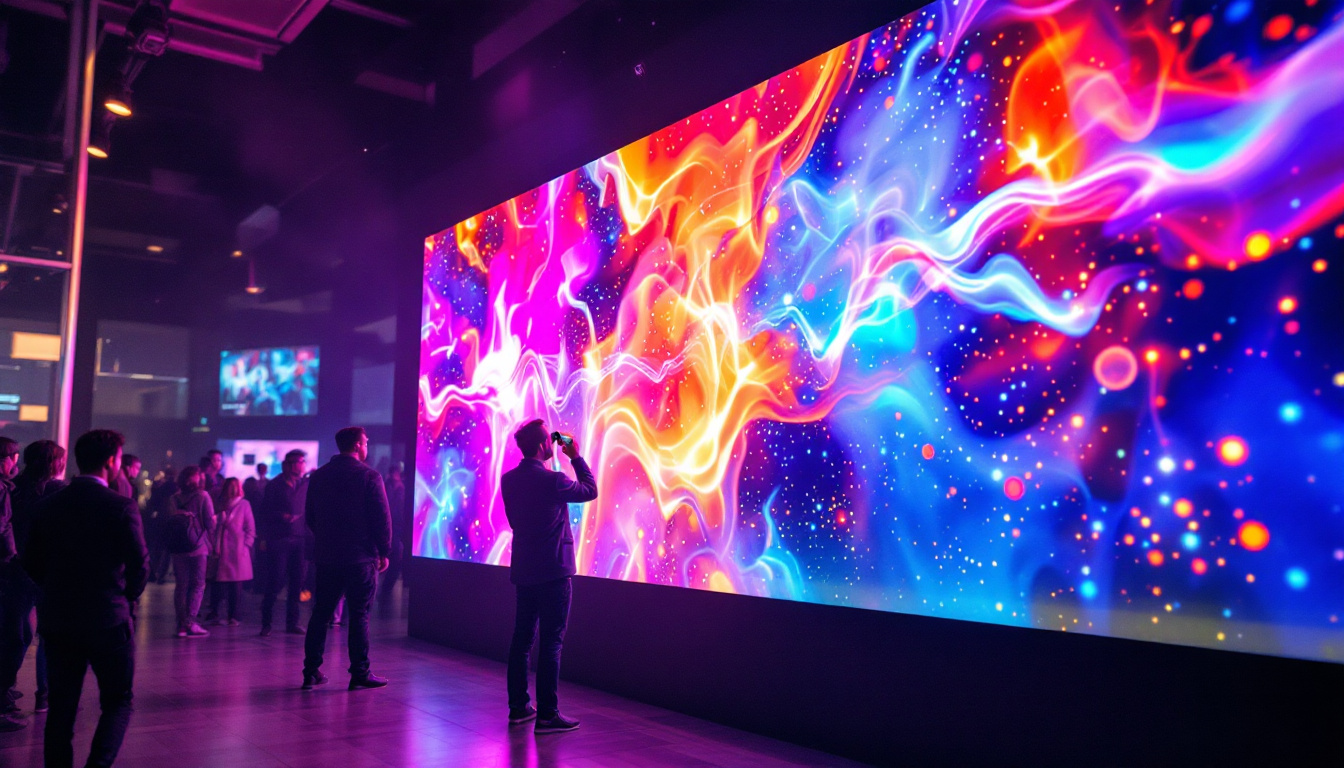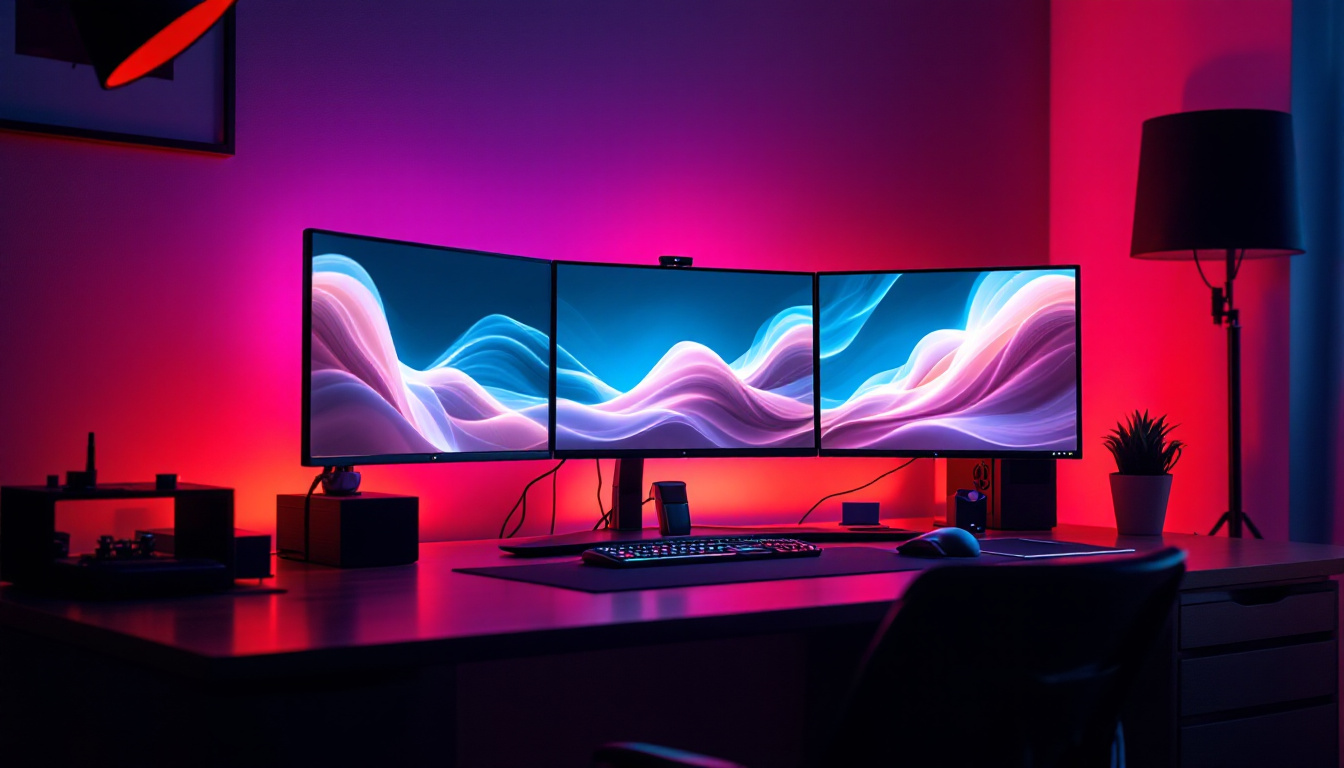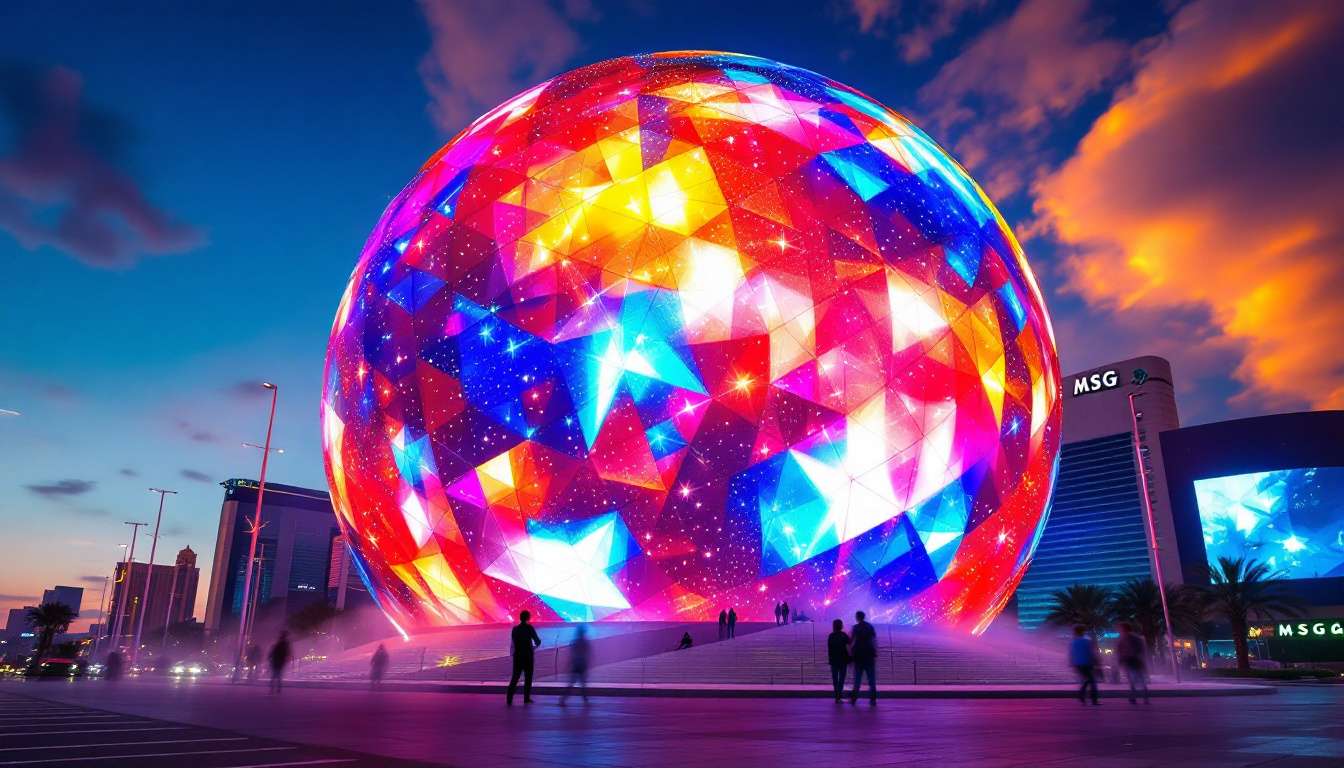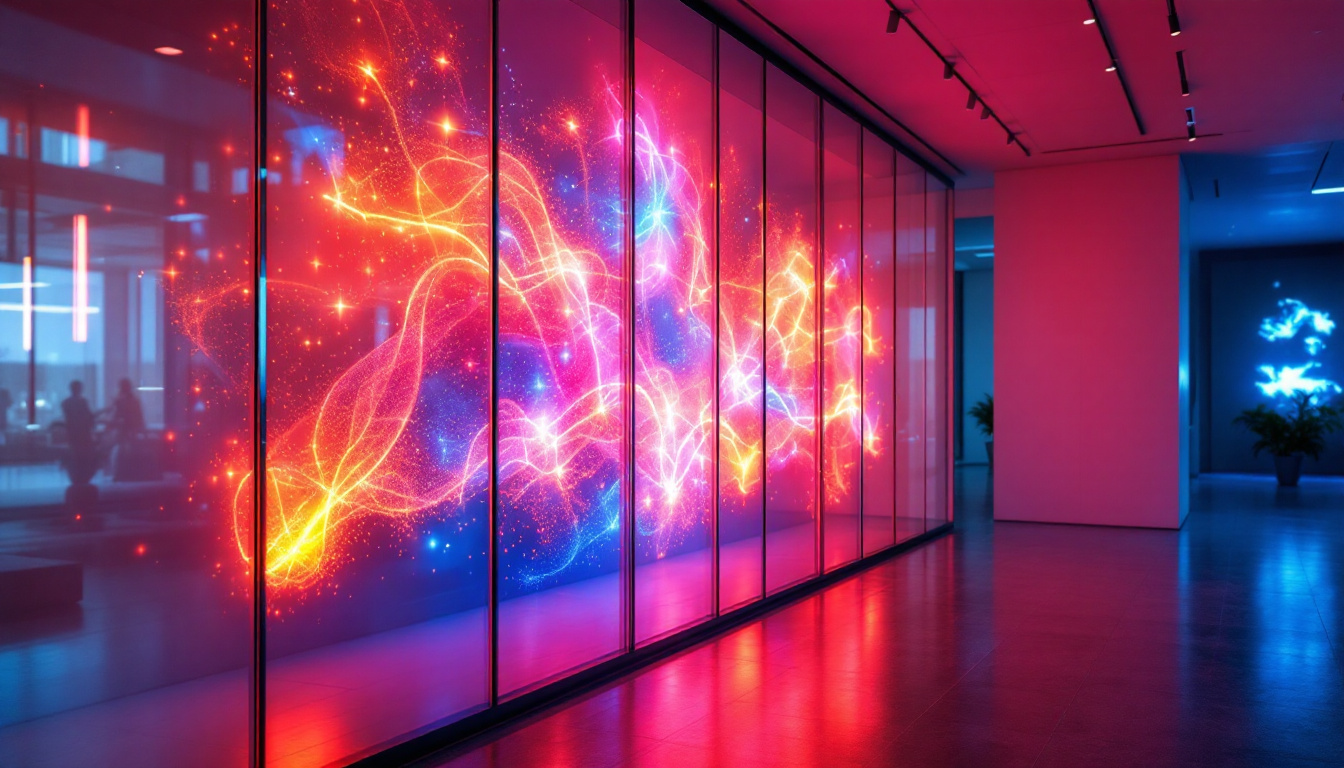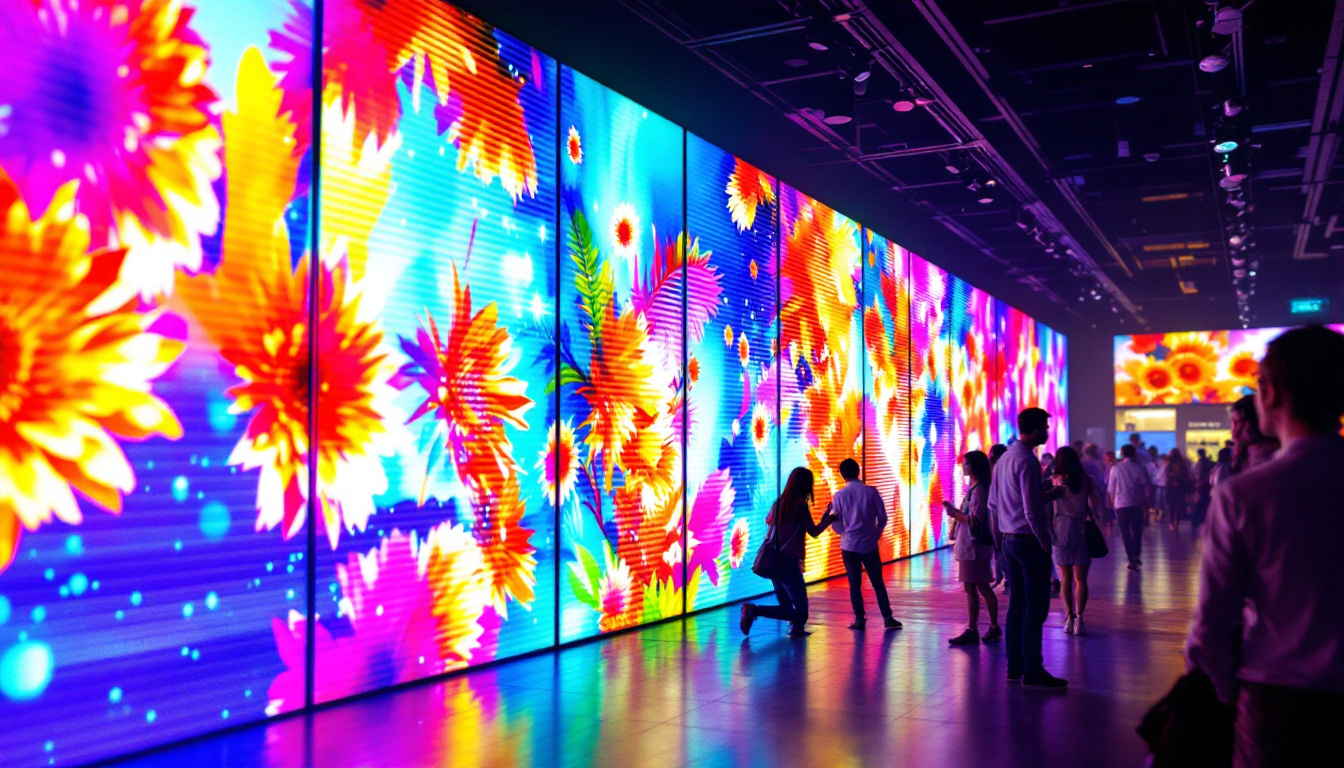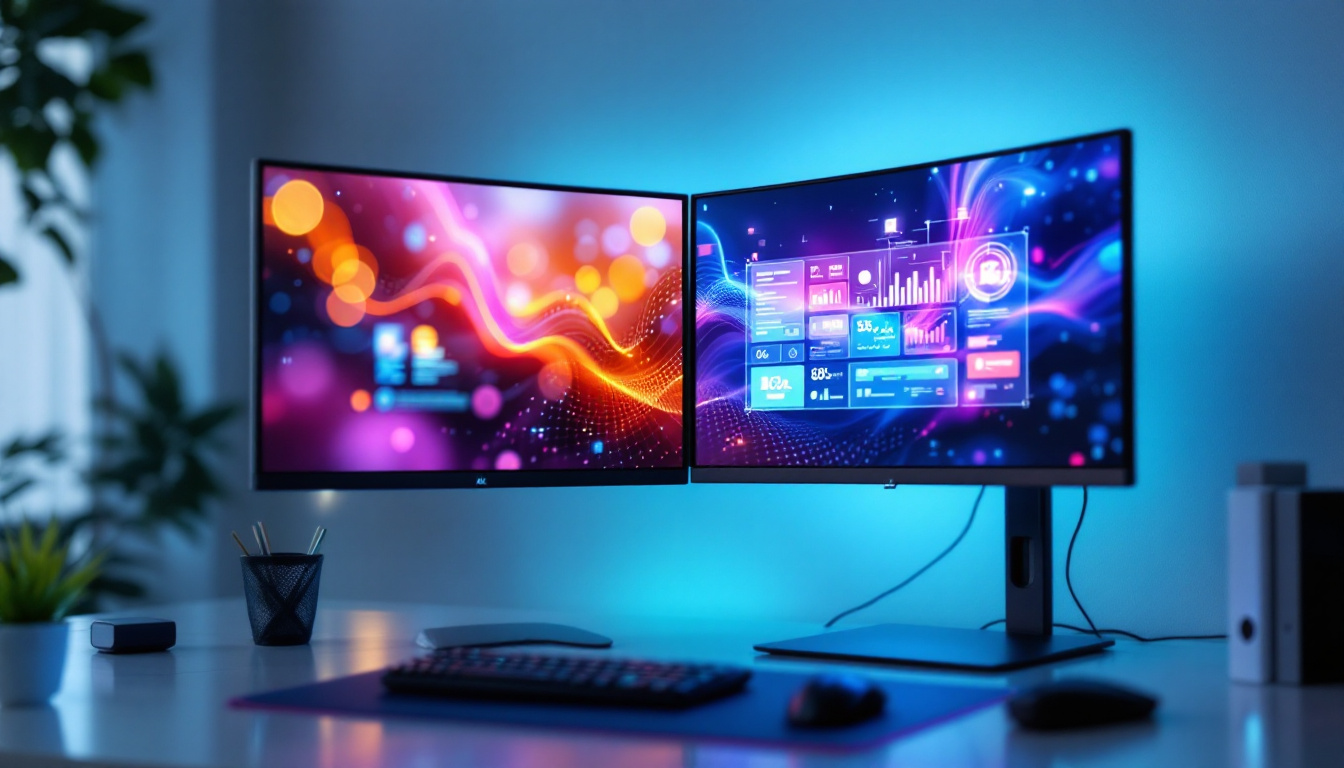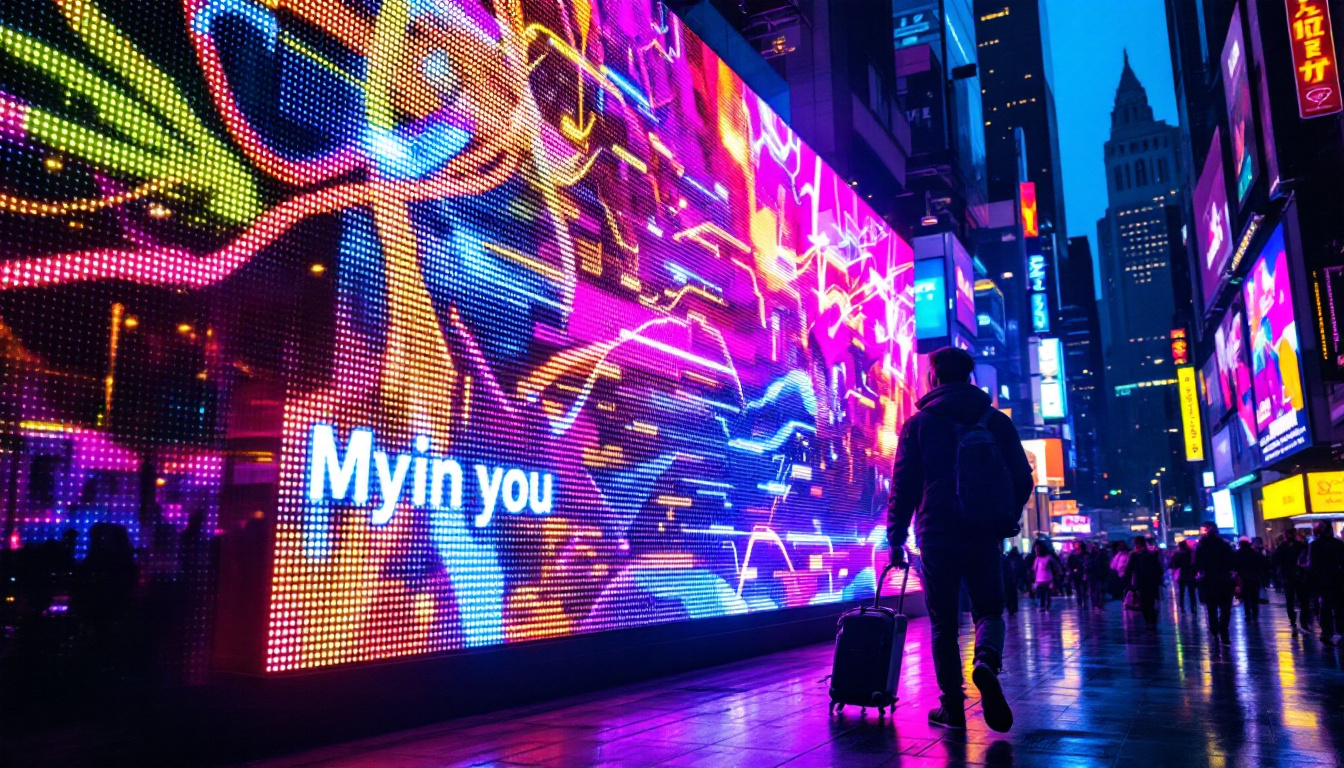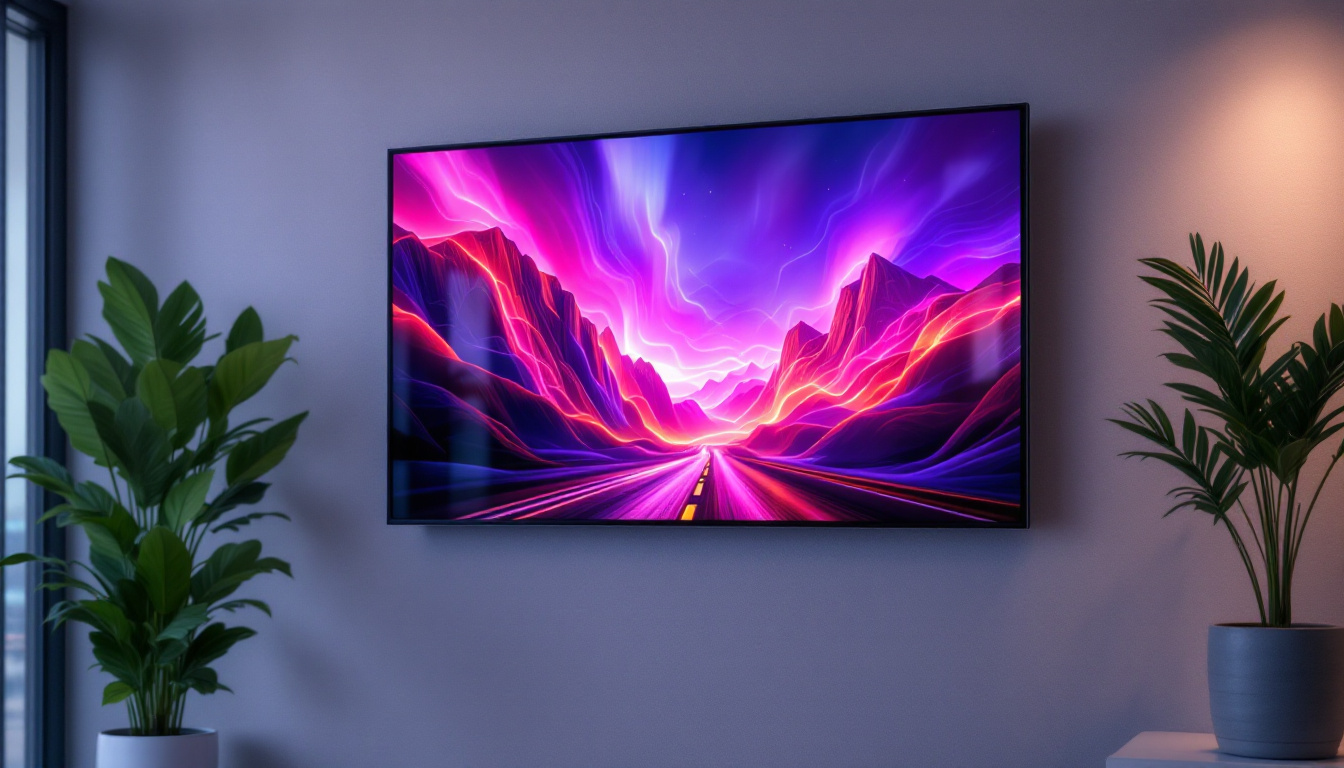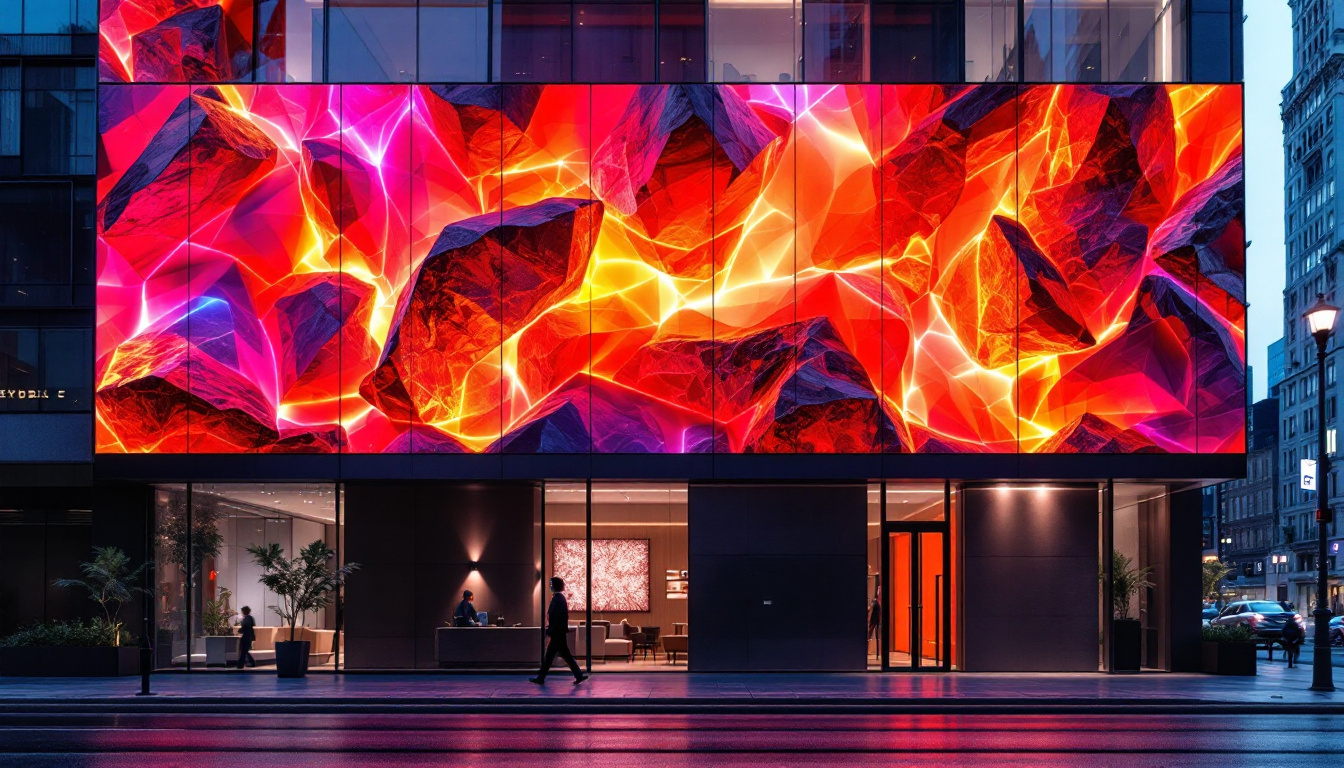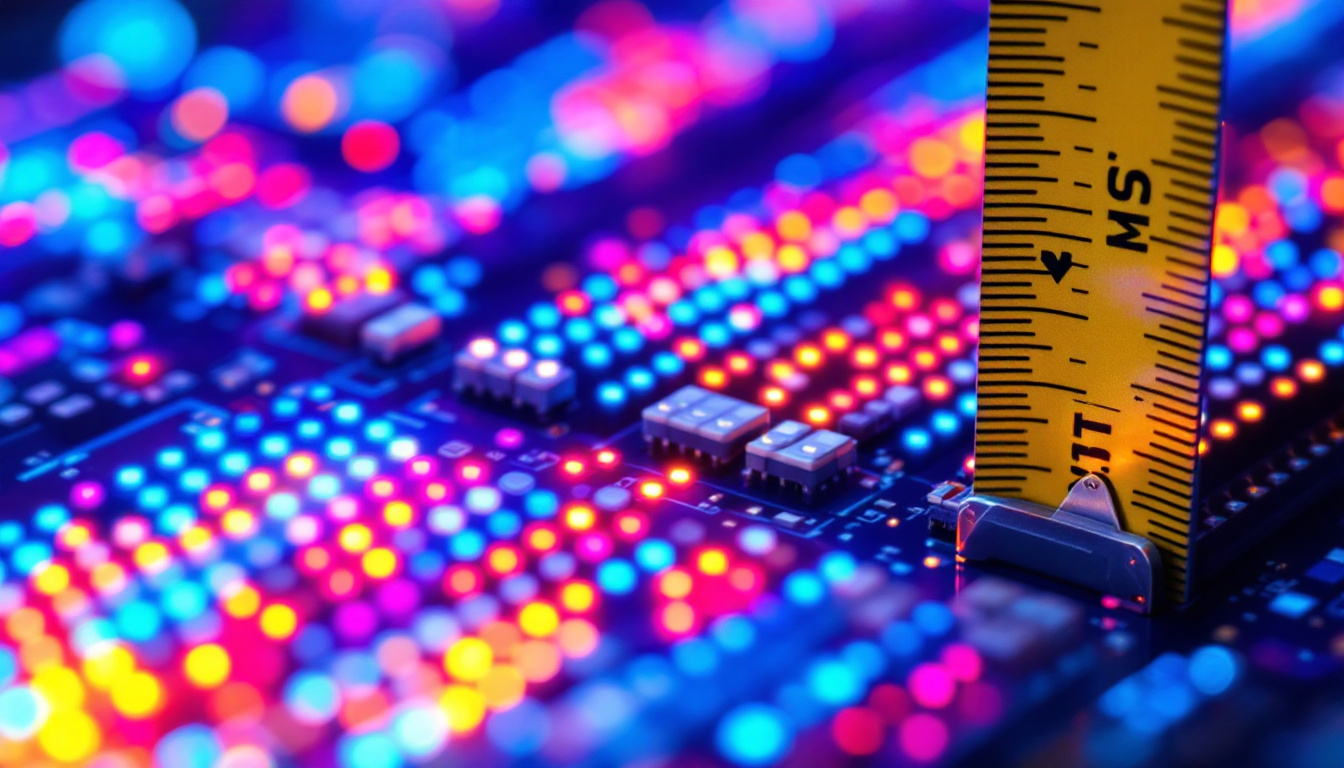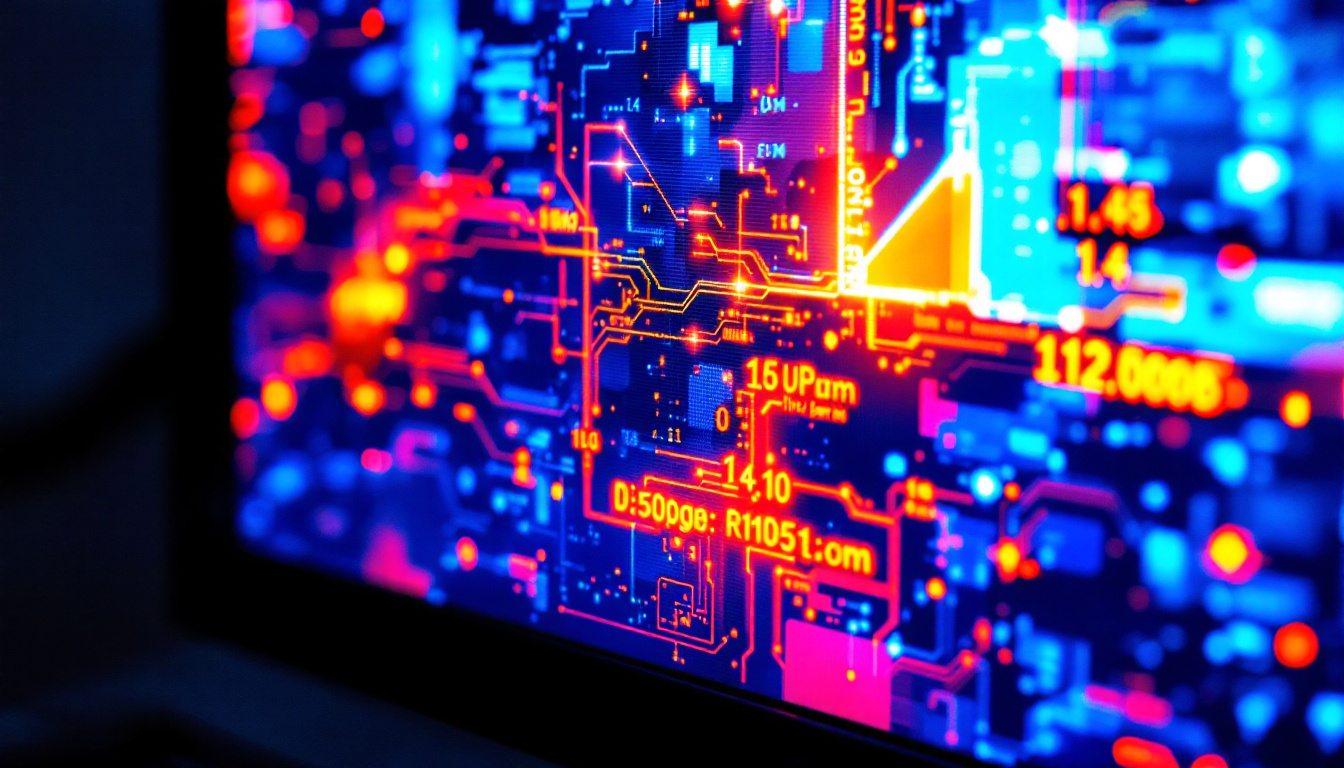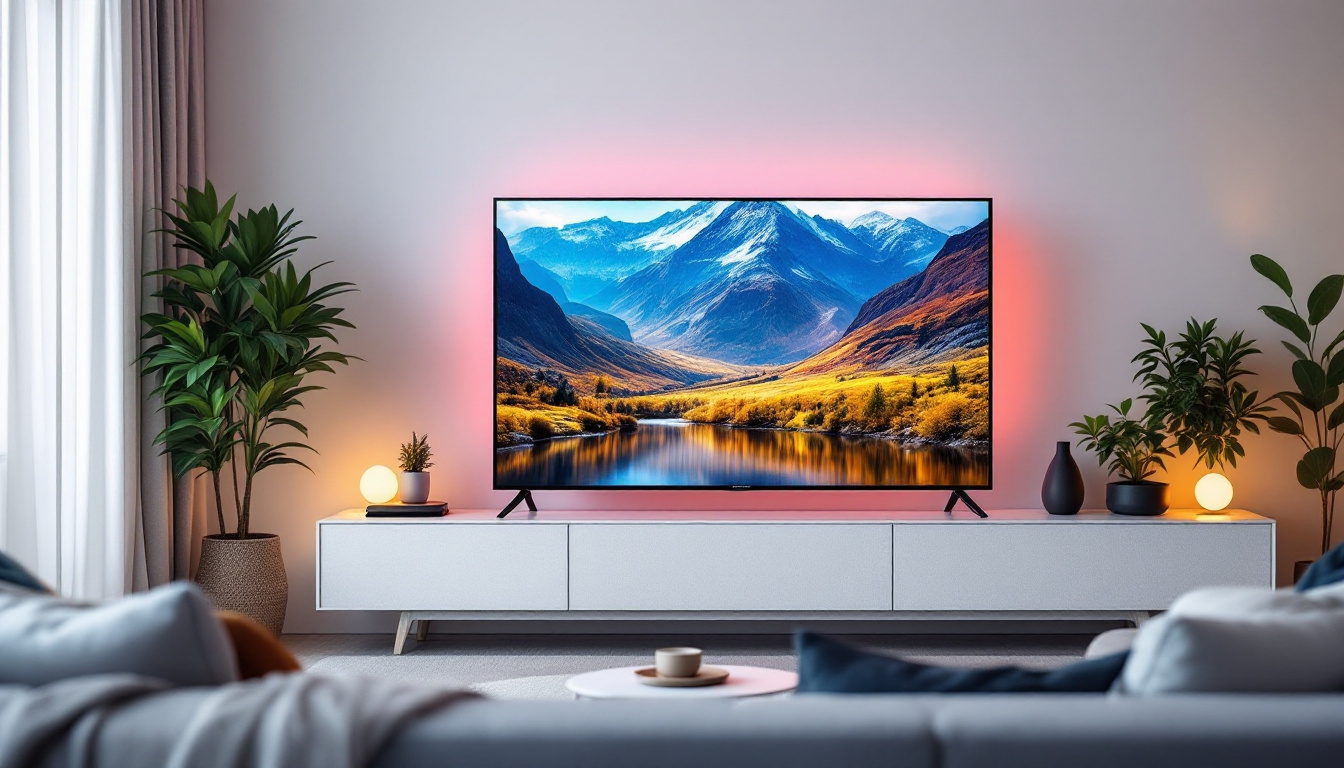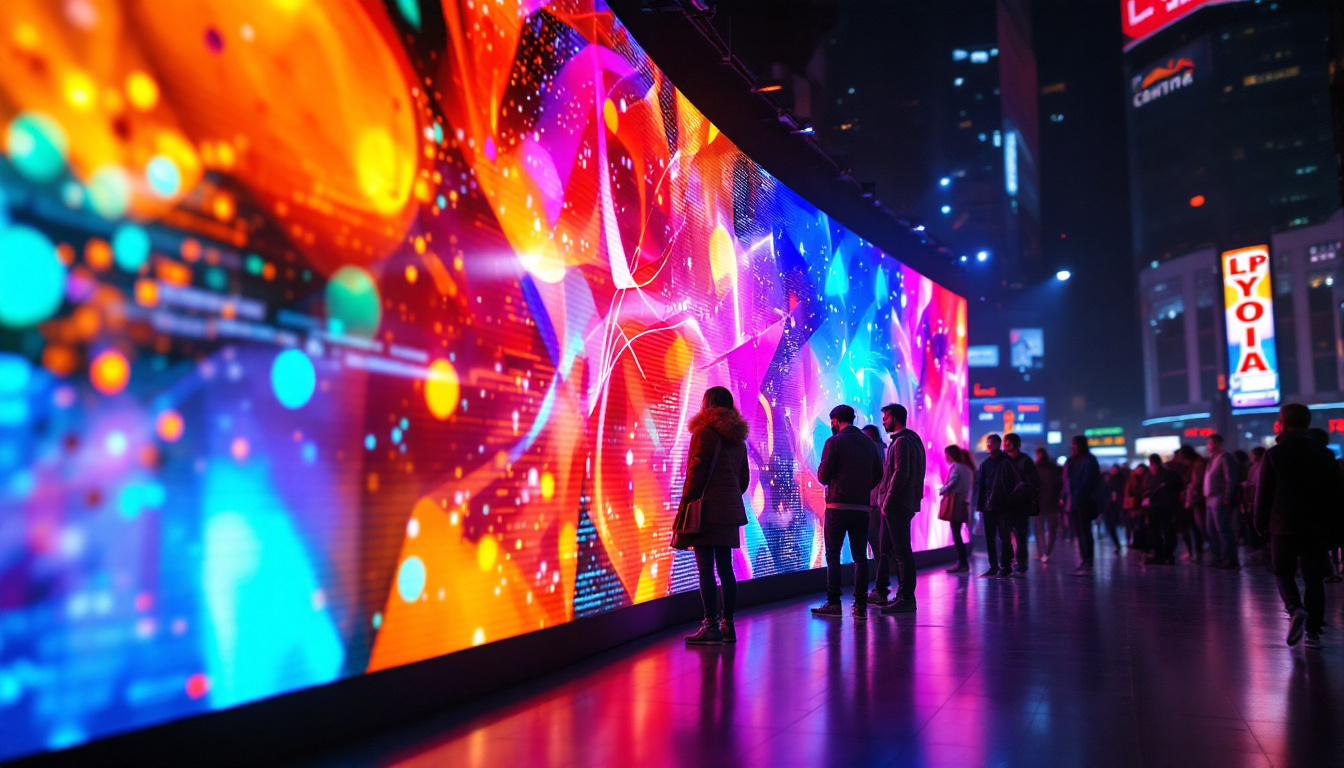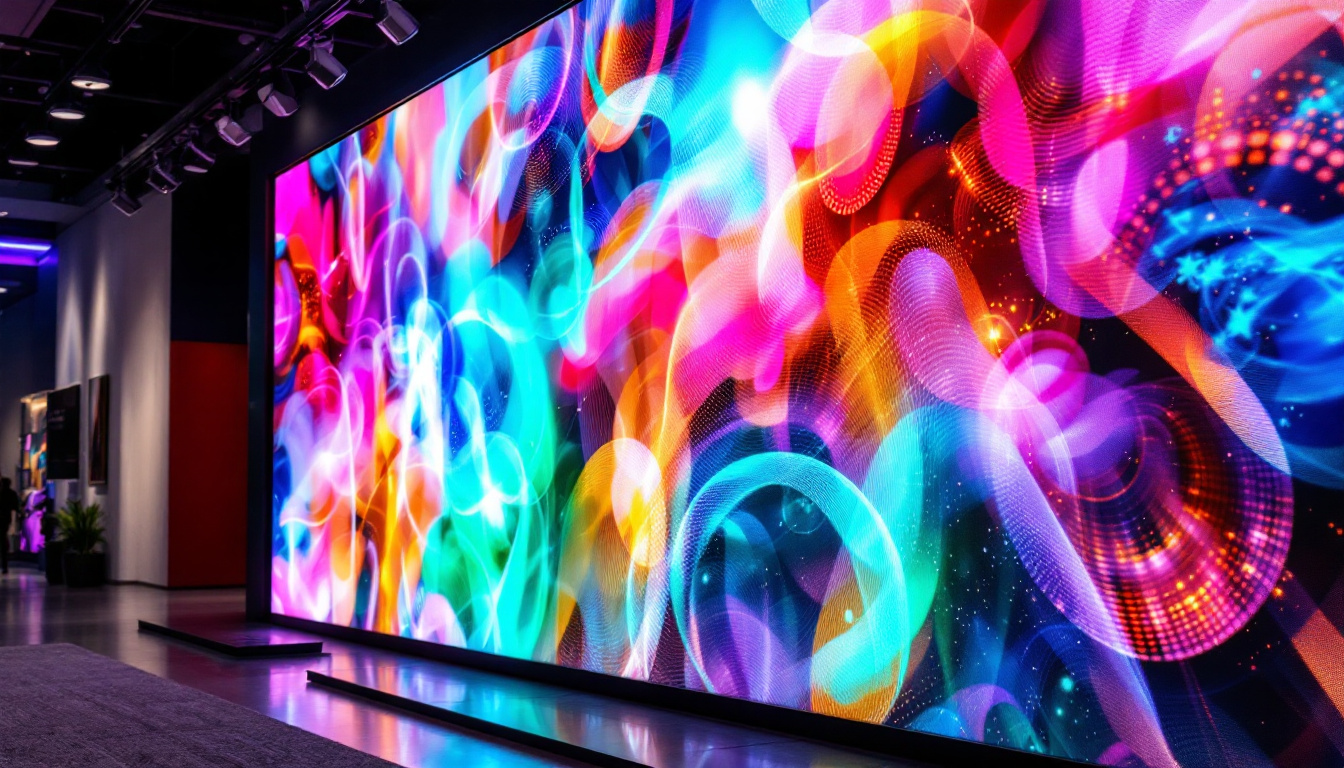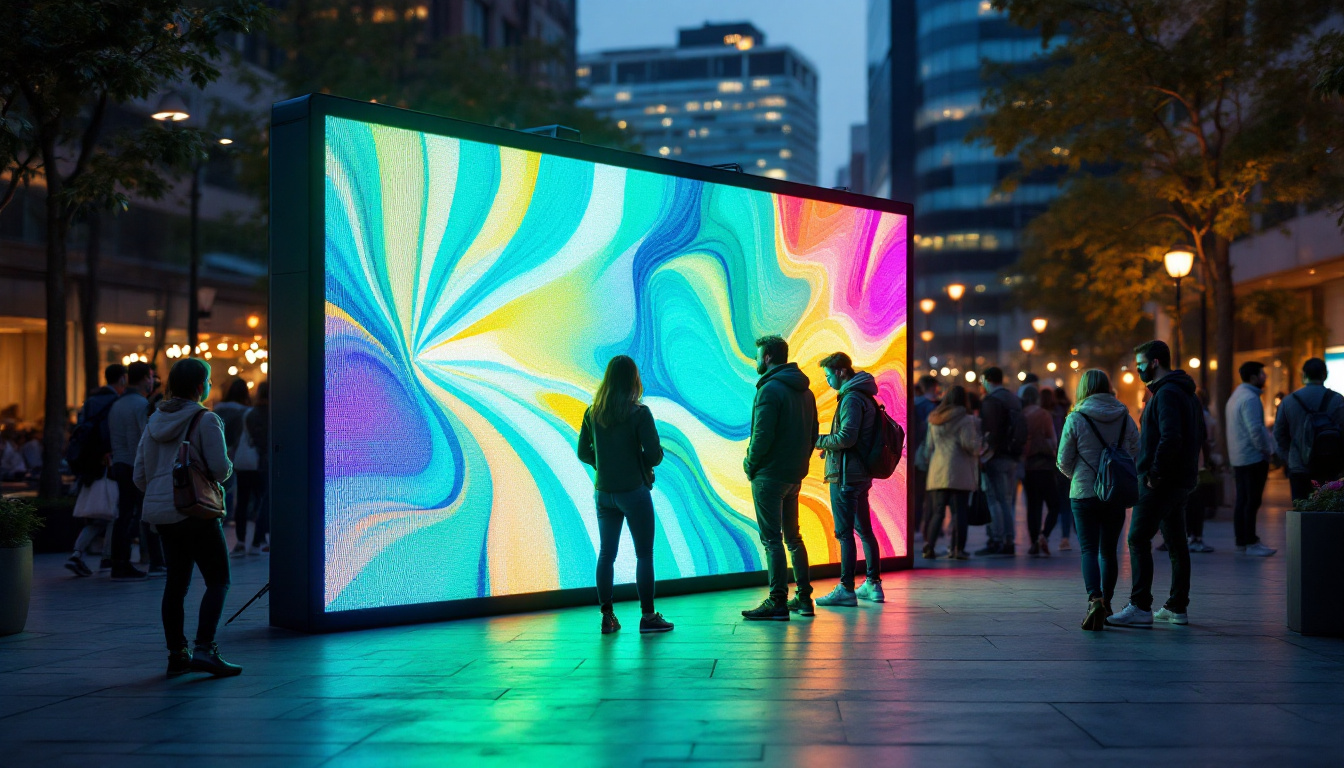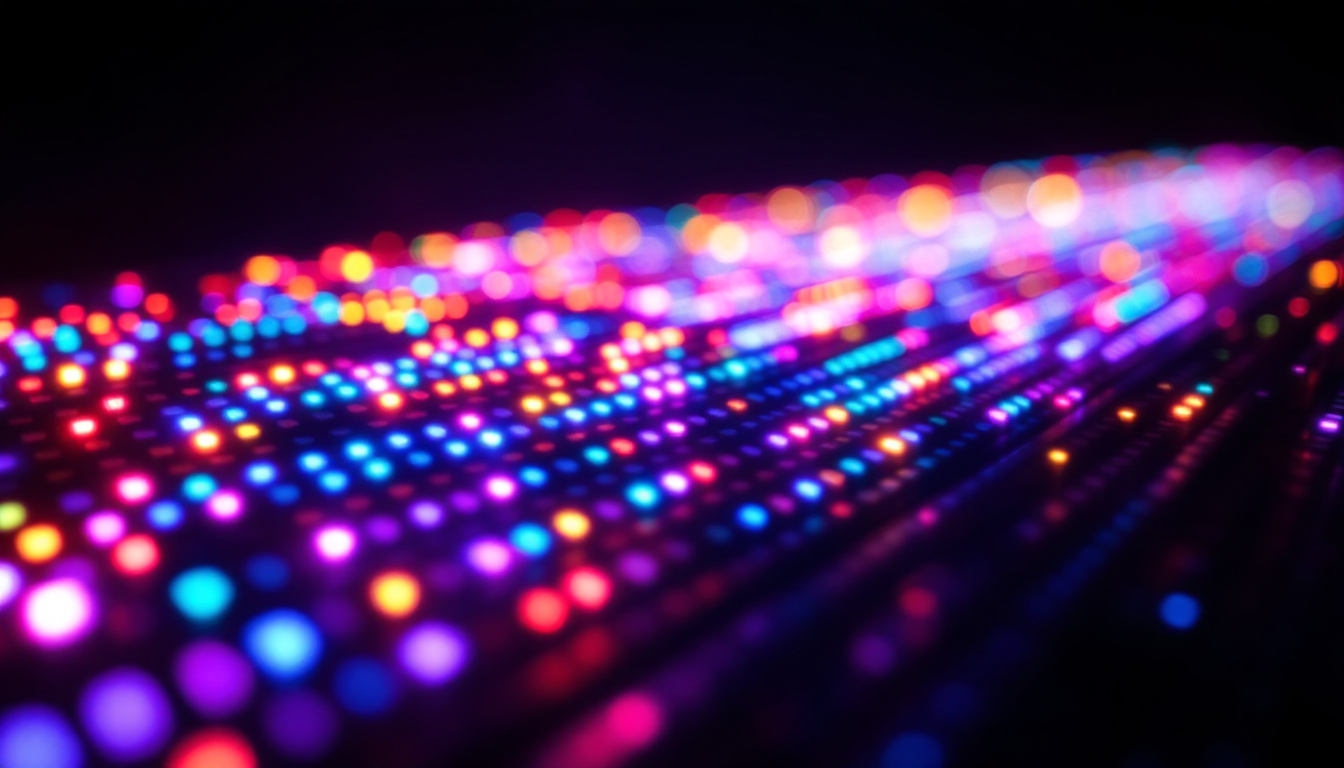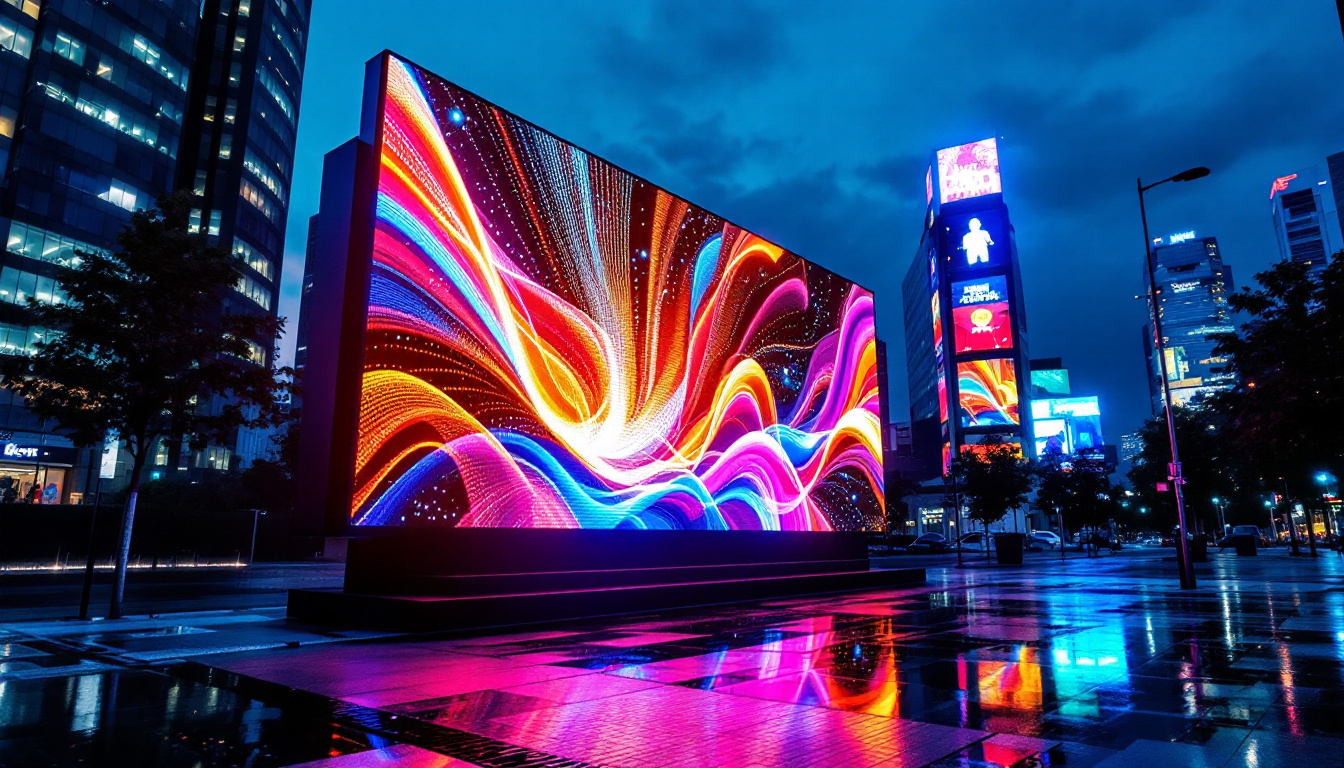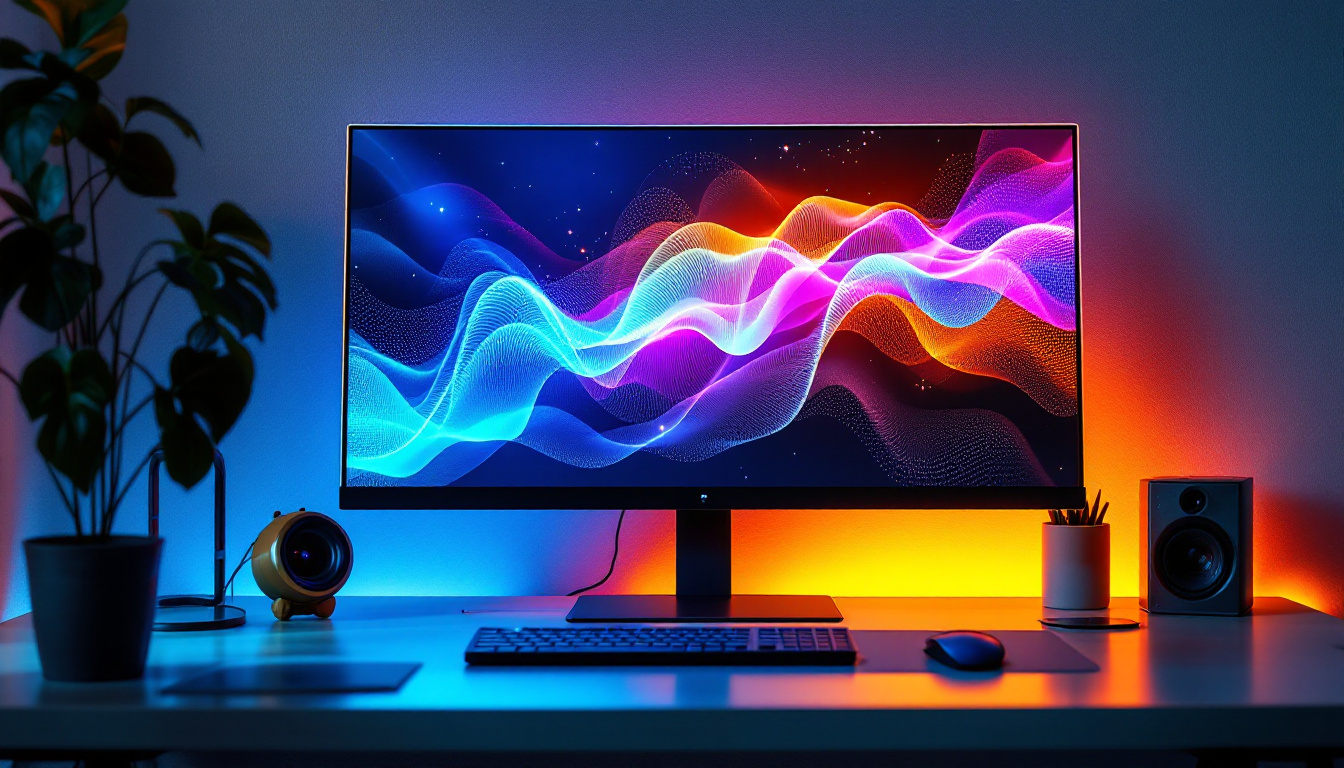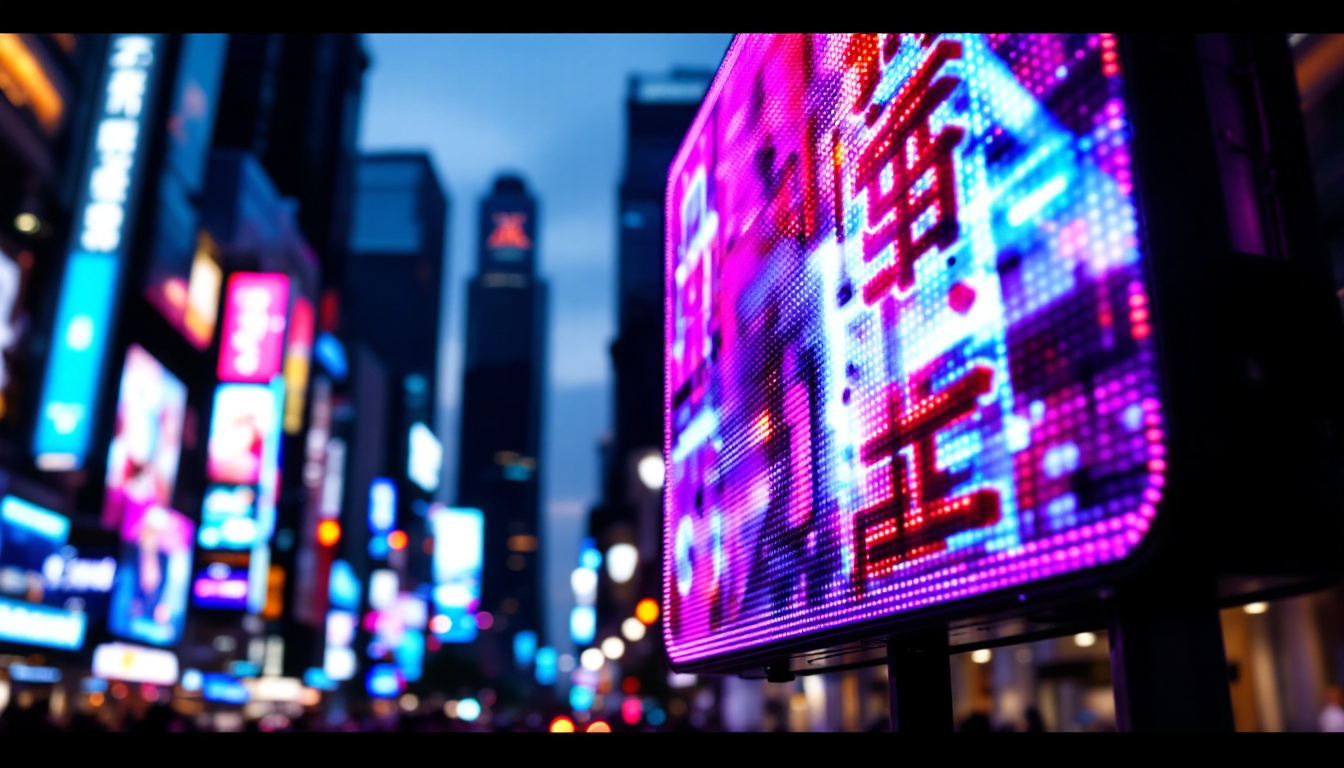In the realm of modern advertising and communication, LED displays have emerged as a transformative technology. Their vibrant colors, high visibility, and versatility have made them a popular choice for businesses looking to capture attention. This article delves into the intricacies of LED displays, exploring their components, advantages, and applications, particularly in the context of Poe Sales.
Understanding LED Technology
LED, or Light Emitting Diode, is a semiconductor device that emits light when an electric current passes through it. This technology has revolutionized the display industry, providing a more energy-efficient and longer-lasting alternative to traditional lighting methods. The efficiency of LEDs is remarkable; they convert a higher percentage of energy into light rather than heat, making them not only cost-effective but also environmentally friendly. As a result, they have become the preferred choice for various applications, from household lighting to large-scale advertising displays.
The Basics of LED Displays
LED displays are composed of numerous small LEDs arranged in a grid, which can be controlled individually to create images and videos. The combination of red, green, and blue (RGB) LEDs allows for a wide spectrum of colors, enabling the creation of dynamic visuals that can be easily updated. This flexibility makes LED displays ideal for a variety of uses, including digital billboards, sports arenas, and concert stages. Furthermore, advancements in technology have led to the development of flexible and transparent LED displays, opening up new possibilities for creative installations and architectural designs.
These displays can be categorized into two main types: indoor and outdoor. Indoor LED displays typically have a higher pixel density, resulting in sharper images viewed from closer distances, while outdoor displays are designed to withstand the elements and have lower pixel density. Outdoor displays often incorporate protective features such as weatherproof casings and enhanced brightness to ensure visibility in direct sunlight. The evolution of these displays has also seen the integration of smart technology, allowing for features like remote monitoring and automated brightness adjustments based on ambient light conditions.
Components of LED Displays
Understanding the components of LED displays is crucial for appreciating their functionality. Key components include:
- LED Modules: These are the building blocks of the display, consisting of clusters of LEDs that create the visual output. Each module can be easily replaced, facilitating maintenance and reducing downtime.
- Control System: This system manages the content displayed on the screen, allowing for real-time updates and scheduling. Advanced control systems can also support interactive features, enabling users to engage with the display through touch or motion sensors.
- Power Supply: LED displays require a stable power source to function efficiently, ensuring consistent brightness and performance. Modern power supplies are designed to be energy-efficient and often include backup systems to prevent interruptions during power outages.
Additionally, the cooling system is an essential component that ensures the longevity of LED displays by dissipating heat generated during operation. Effective thermal management is vital, especially in high-brightness applications, as excessive heat can lead to reduced performance and lifespan of the LEDs. Innovations in materials and design have led to the development of passive and active cooling solutions that enhance the reliability of LED displays in various environments.
Advantages of LED Displays
The growing popularity of LED displays can be attributed to their numerous advantages over traditional display technologies. Here are some of the most compelling benefits:
Energy Efficiency
One of the standout features of LED displays is their energy efficiency. Compared to traditional incandescent or fluorescent lights, LEDs consume significantly less power, which translates to lower energy bills for businesses. This efficiency not only benefits the environment by reducing carbon footprints but also enhances the overall cost-effectiveness of advertising campaigns. Moreover, the reduced heat emission of LEDs means that they require less cooling, further contributing to energy savings and making them a more sustainable choice for long-term use.
High Visibility and Brightness
LED displays are known for their brightness, making them easily visible even in direct sunlight. This characteristic is particularly advantageous for outdoor advertising, where visibility is crucial. The high contrast ratios of LED screens ensure that the content remains clear and engaging, regardless of ambient lighting conditions. Furthermore, the ability to adjust brightness levels dynamically allows for optimal viewing experiences at all times of the day, ensuring that messages are communicated effectively, whether in bright daylight or at night.
Longevity and Durability
LED technology boasts a long lifespan, often exceeding 50,000 hours of use. This durability means that businesses can invest in LED displays with confidence, knowing that they will not need frequent replacements. Additionally, many LED displays are designed to withstand harsh weather conditions, making them ideal for outdoor installations. Their robust construction often includes features such as water resistance and UV protection, which help maintain performance and appearance over time. This resilience not only reduces maintenance costs but also ensures that the displays continue to deliver vibrant visuals in various environments, from bustling city streets to remote outdoor venues.
Versatility in Applications
Another significant advantage of LED displays is their versatility in applications. They can be used in a variety of settings, including retail spaces, sports arenas, concert venues, and even in homes for entertainment purposes. The modular design of many LED systems allows for creative configurations, enabling businesses to create custom shapes and sizes that fit their specific needs. This adaptability makes LED displays an excellent choice for both permanent installations and temporary events, providing flexibility that traditional displays simply cannot match.
Enhanced Content Capabilities
LED displays also offer advanced content capabilities, allowing for dynamic and engaging presentations. With the ability to display high-definition video, animations, and real-time data, businesses can capture the attention of their audience more effectively. Interactive features can be integrated as well, enabling touch responses or audience participation, which can significantly enhance customer engagement. This level of interactivity not only makes the viewing experience more enjoyable but also helps businesses convey their messages in a more impactful way, ultimately leading to better customer retention and brand loyalty.
Applications of LED Displays
LED displays are versatile and can be utilized in a variety of settings. Their adaptability has led to widespread adoption across numerous industries. Here are some notable applications:
Advertising and Marketing
In the advertising sector, LED displays have become a staple for promoting products and services. Their ability to showcase vibrant visuals and dynamic content allows businesses to capture the attention of potential customers effectively. From billboards to storefront displays, LED technology enhances brand visibility and engagement.
Events and Entertainment
LED displays play a crucial role in the events and entertainment industry. Concerts, festivals, and sporting events utilize large LED screens to provide audiences with an immersive experience. These displays can convey live feeds, graphics, and advertisements, enriching the overall atmosphere of the event.
Transportation and Wayfinding
In transportation hubs such as airports and train stations, LED displays are used for real-time information dissemination. They provide travelers with updates on schedules, arrivals, and departures, ensuring smooth navigation through busy environments. Additionally, LED displays are employed in wayfinding systems to guide visitors in large complexes.
Poe Sales and LED Display Solutions
Poe Sales has established itself as a leader in providing innovative LED display solutions tailored to meet the diverse needs of businesses. With a commitment to quality and customer satisfaction, Poe Sales offers a range of products and services designed to enhance visual communication.
Custom LED Displays
One of the key offerings from Poe Sales is custom LED displays. By working closely with clients, the company designs displays that align with specific branding and marketing goals. This bespoke approach ensures that each display is not only functional but also visually appealing, capturing the essence of the brand it represents.
Installation and Support Services
Poe Sales goes beyond just selling LED displays; they provide comprehensive installation and support services. Their team of experts ensures that each display is installed correctly and functions optimally. Ongoing maintenance and support are also part of their service, ensuring that clients can rely on their displays for years to come.
Consultation and Strategy
Understanding that each business has unique needs, Poe Sales offers consultation services to help clients develop effective strategies for utilizing LED displays. This includes guidance on content creation, placement, and integration with existing marketing efforts, ensuring that clients maximize their investment.
Choosing the Right LED Display
When selecting an LED display, several factors need to be considered to ensure the best fit for specific needs. Here are some key considerations:
Purpose and Location
The intended purpose of the display and its location are critical in determining the type of LED display to choose. For outdoor advertising, a robust display with high brightness and weather resistance is essential. Conversely, indoor displays may prioritize pixel density for close-range viewing.
Size and Resolution
Size and resolution are also important factors. Larger displays may be necessary for high-traffic areas, while resolution affects the clarity of the images and videos shown. Higher resolution displays are ideal for detailed graphics, while lower resolution may suffice for simple text-based messages.
Budget Considerations
Budget constraints play a significant role in the decision-making process. While LED displays can be a significant investment, their long-term benefits often justify the cost. It is essential to weigh the initial investment against potential returns in visibility and customer engagement.
The Future of LED Displays
As technology continues to evolve, the future of LED displays looks promising. Innovations in LED technology are paving the way for even more advanced features and applications. Here are some trends to watch:
Smart Displays
Smart LED displays are becoming increasingly popular, integrating advanced technologies such as artificial intelligence and IoT connectivity. These displays can analyze viewer engagement and adjust content in real-time, optimizing advertising strategies and enhancing user experiences.
Flexible and Transparent Displays
Emerging technologies are leading to the development of flexible and transparent LED displays. These innovative designs allow for new applications in architecture and interior design, enabling seamless integration into various environments without compromising aesthetics.
Environmental Considerations
With growing awareness of environmental issues, manufacturers are focusing on creating more sustainable LED displays. This includes using recyclable materials and improving energy efficiency, aligning with the global push for greener technologies.
Conclusion
LED displays have revolutionized the way businesses communicate with their audiences. Their vibrant visuals, energy efficiency, and versatility make them an invaluable tool in modern advertising and information dissemination. Poe Sales stands at the forefront of this technology, offering tailored solutions that meet the diverse needs of clients across various industries.
As the technology continues to advance, the potential applications for LED displays are limitless. By investing in high-quality LED solutions, businesses can enhance their visibility, engage customers, and ultimately drive growth. The future of communication is bright, and LED displays are leading the way.
Illuminate Your Brand with LumenMatrix
Ready to elevate your advertising and captivate your audience with unparalleled clarity? Discover LumenMatrix’s innovative range of LED display solutions, from vibrant Indoor and Outdoor LED Wall Displays to dynamic Vehicle and Sports LED Displays. Whether you’re looking for a Floor LED Display, a sleek LED Poster, or a Custom solution tailored to your unique needs, LumenMatrix is committed to revolutionizing your visual communication. Check out LumenMatrix LED Display Solutions today and transform your brand’s presence with cutting-edge technology.

